Do my photos make people feel anything? I’m Gavin and this is my street photography guide. Filled with photos, videos, useful links, and street photography tips. Also, it’s a story about being a street photographer, and even writing this post showed me how much I’ve changed.
I’ve been a photographer for 20 years. I also have a Masters’s from PPA and a solid confidence level. Despite that, shooting streets intimidated me. Capturing life from the dramatic to the mundane. But roaming the highways and alleys of Mexico taught me a lot.
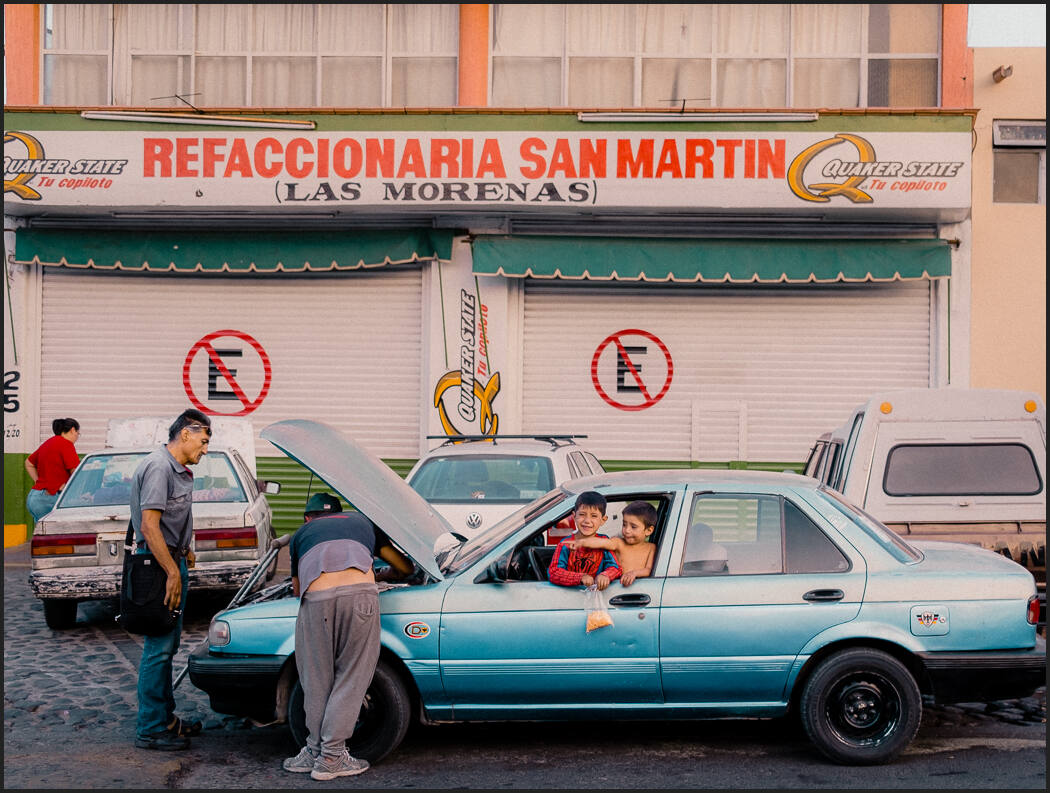
NOTE: For these edits I used my Street’ist presets for color Streets and my Silver pack for Black And white. Both help me draw out what Ifelt. Subscribe to my podcast for more.
Photo walks are not the same as street photography.
When I started thinking of street documentaries I saw more than a photo walk. over 3 years later I’m working on a book about Mexico, but it may take me years to finish.
Now we all know photo clubs go on photo walks. It’s a social event that is good in its own right. But for years I combined the two. You go take photos of things and people, mostly the things because pointing the camera at strangers makes you afraid. Despite being a confident person, that was me.
When I came to Mexico I saw a culture different from the USA. So much life and color and sometimes broken things and streets. Every time I did not take photos or videos, I felt I was losing something.
So I started pushing myself to take street photos. I looked for street photography tips and inspiration. My big landscape cameras felt clumsy on the streets and the first thing I learned is the right camera matters. You need to feel at ease and creative. Inspired.
I could not afford a Leica nor did I want to stalk dark streets with 15k of camera gear. My phone was not really enough. I wanted to be a documentary photographer. A Street photographer. A journalist of human expression. Where normal rules of photography exist, but step back to give room for the soul in those moments.
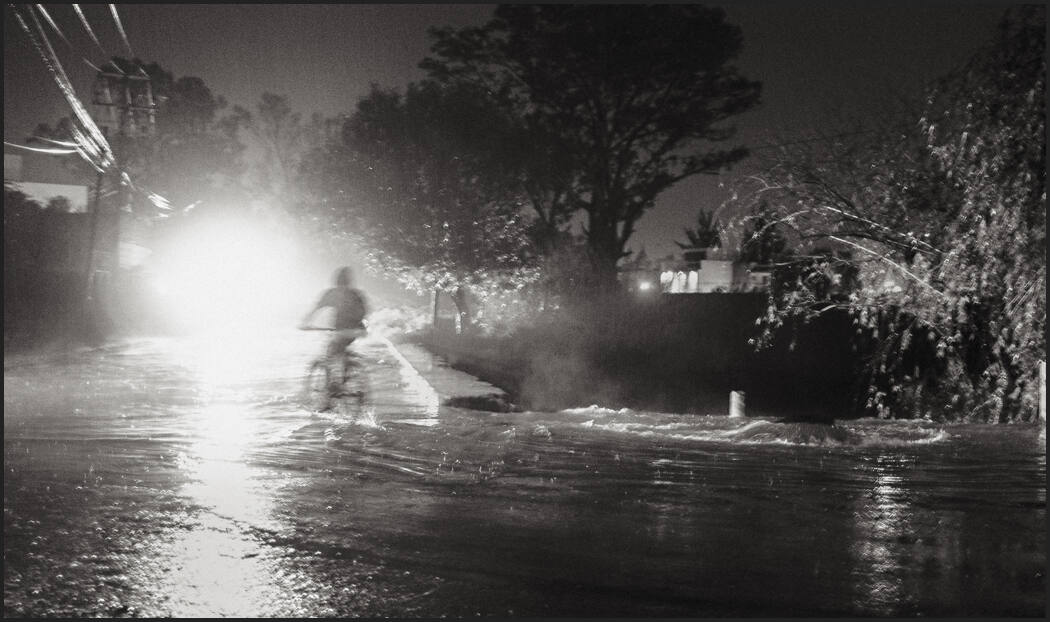
I felt like the worst street photographer in Mexico!
And so I created this street photography guide because I know that feeling. My photos lacked life. They were boring photo walks. That drove me. Just like my fashion portrait projects in recent years were a demand on me to be better at making portraits and moving outside my box. Streets were from the North Pole to the South Pole. I needed to conquer both.
I picked up a Fuji camera because it had that rangefinder street photographer feel and made me feel inspired. Your camera of choice may differ. The key is you feel inspired. I would put on vintage manual focus lenses to engage myself in the process. I would try normal lenses, wider and longer, and lock myself to that lens on a given afternoon of shooting.
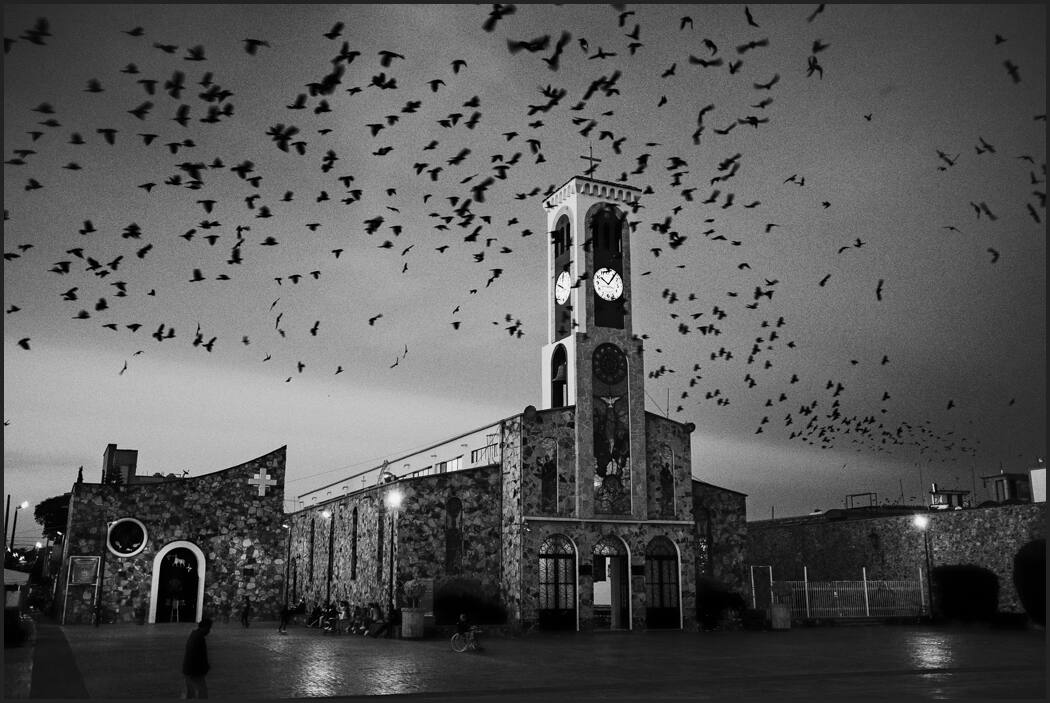
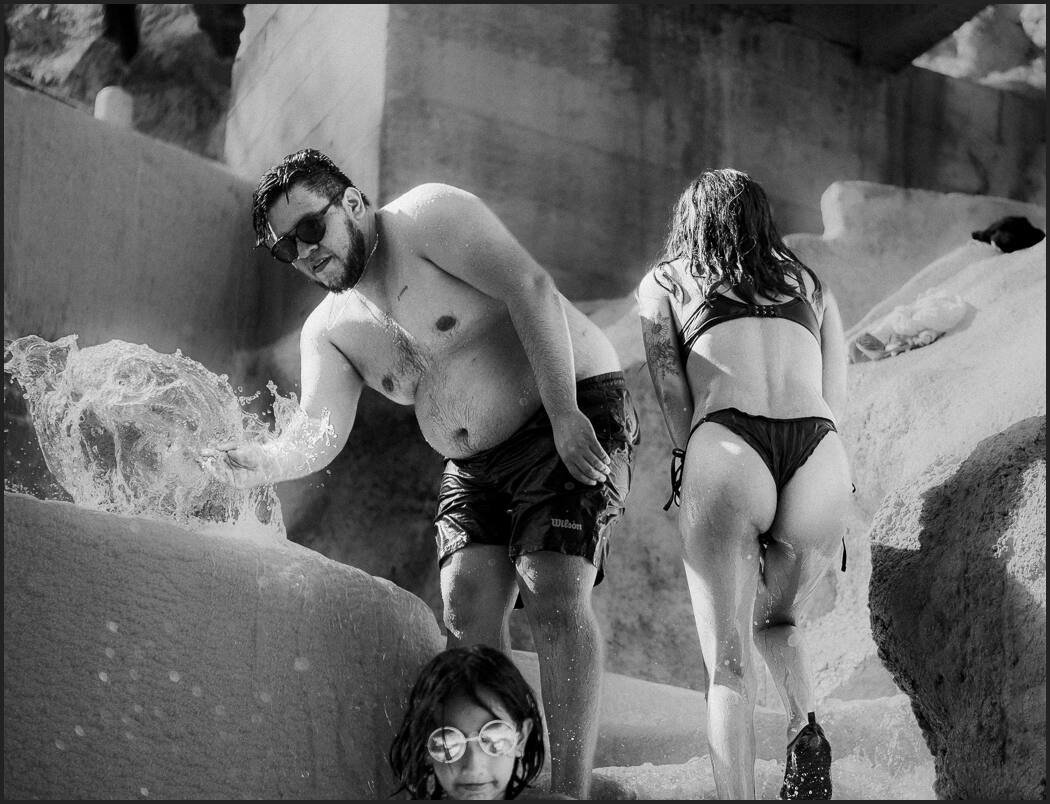
Wherever you are. Street photography is important.
Emotions drive great photos. The most important photos in history are street photos. Sometimes they are pure journalism like the photo of Napalm Girl and when you read the story, you cry.
Sometimes a street photo makes you happy or maybe it’s organic moments like Henry Cartier-Bresson. Or the grippy close-ups of Vivian Maier. You can do that.
Maybe you take artistic license in ordinary things like Preet Uday. Or Raw controversial street portraits like those of Bruce Gilden. We are journalists of the human condition and the place it exists.
I shot from the hip to capture people’s more raw behavior. This is an important technique, but it does fail a lot. Then I simply pointed the camera. So many feel pressed and intimidated by this, but that’s ok. It also changes the photo because people often look at you.
Whether you’re in a new place or your own city. It’s the seeing of things that changes you. Look beyond the park bench and find the souls that sit on it.

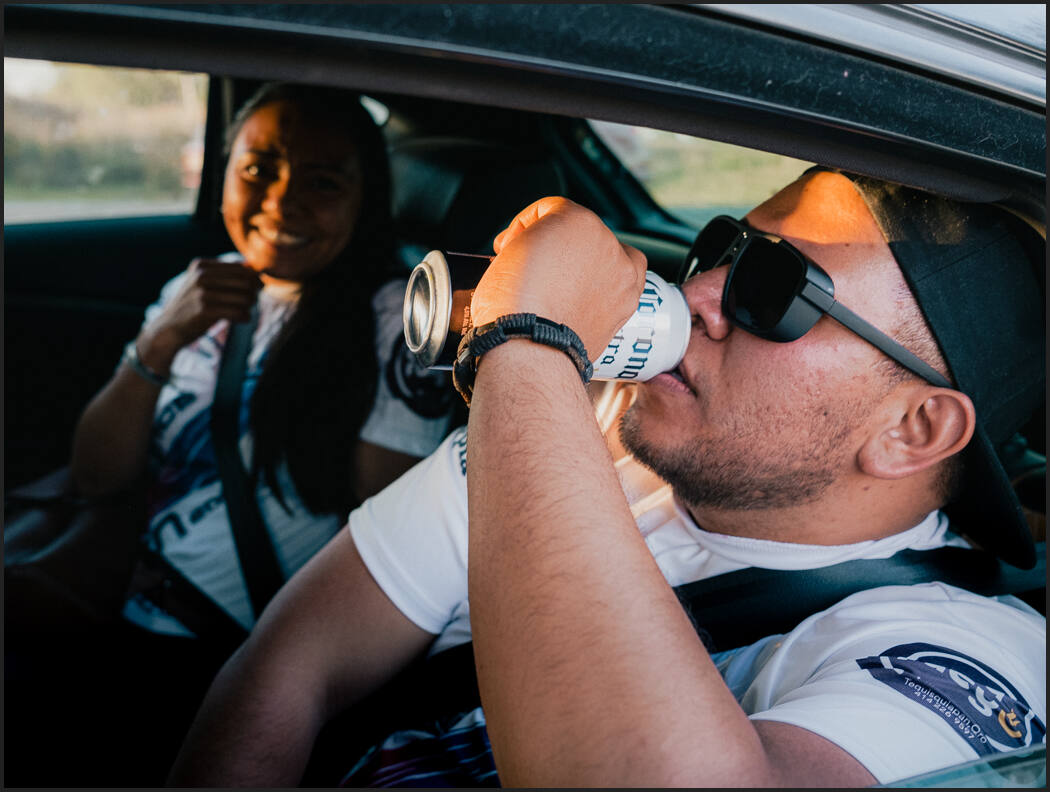
Street photography tips show you it’s not just streets.
Everyone wants to make rules about what is a street photo. It’s people, it’s close, it’s far. The street photo groups drive me crazy because they have so many rules.
To me, this photo of a rare look inside a Mexico surgery or a group of kids smoking on a street corner, or a field with a farmer loading hay is all street photography. Because street photography is documentary photography about life.
A landscape is probably not a street photo because its focus is very different. But don’t let others define what your photos need to be. Only remember that the goal is to capture the human condition and how it makes you feel.
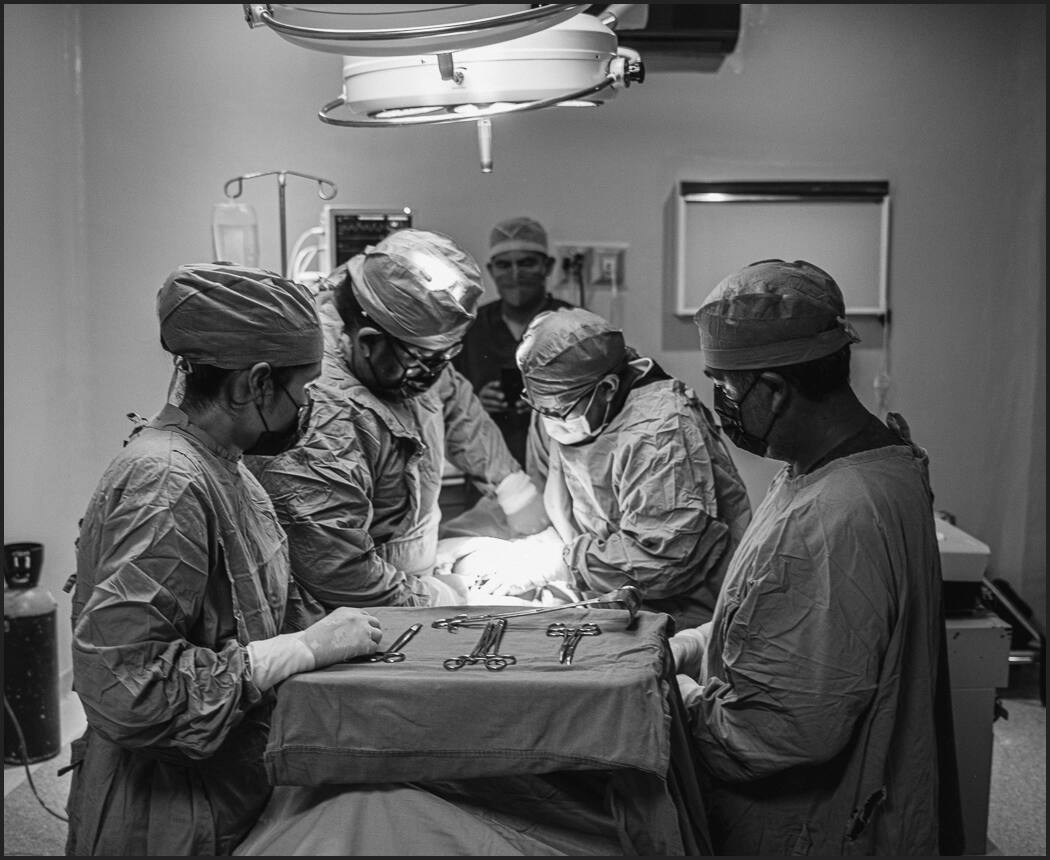
Your street photos, the edit also really matters…
Color, black and white, grainy, gritty. None of them are wrong. You need a way to put viewers’ eyes where you need them.
I use my Silver Presets and BlackRoom actions for drama black and white.
I used Filmist for a natural color look but then took that further with my Street’ist presets pack. These recipes let me draw out whatever emotion inspired by film and color but make for things I encounter on the streets.
In the end, finding an editing style takes time. Don’t start by forcing yourself to do all black and white or all color. Feel your photos. And use tools like mine or that you create yourself that lets you try things that you otherwise might not.
I think some use black and white as a crutch to deal with bad exposure or make things feel artistic. Some think it’s more pure. I choose depending on what the photo is. I black and white to make the scene simple and tell a better I use it. If film like color or bolder contrast and tone tells that story, that’s what I use.
Street photos are a form of journalism. You can edit naturally or bold, light or dark. But there’s no such thing as not editing. Not even with film. Every photo is your interpretation of a moment.
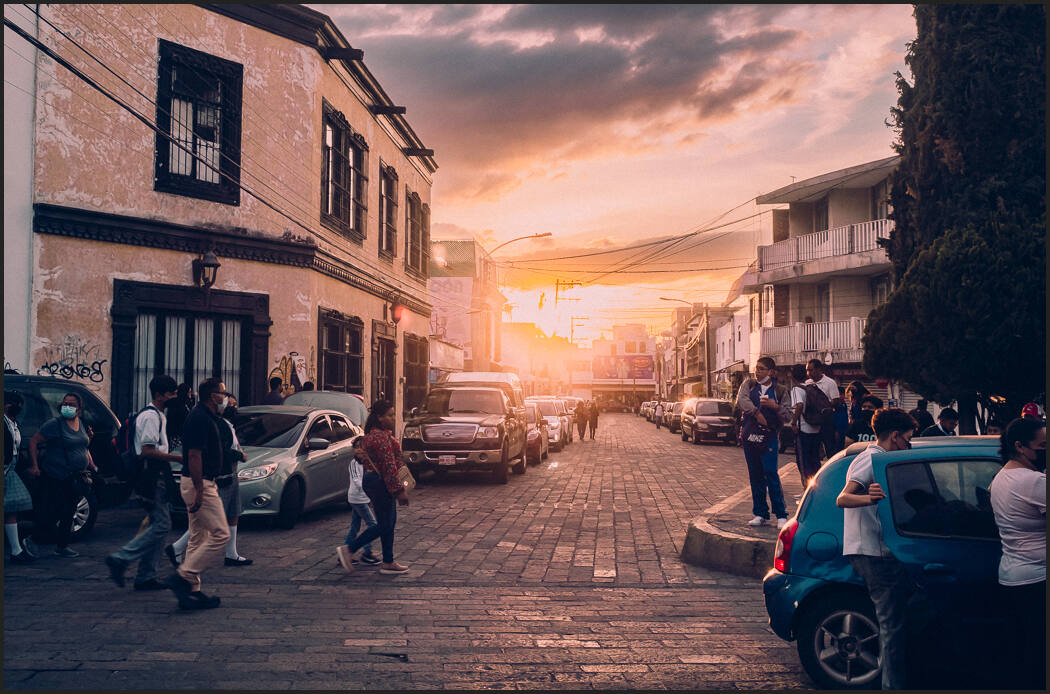
Street also improves your other photos.
I realized that just having people or things wasn’t enough. The great street photographers have drama. In expression, in shadow and light, in lines. It’s not a street walk to take 1000 photos of a city you’re visiting. So it doesn’t matter where you are. It’s about documenting life. When I slowed down and looked for settings and shadows my street photography improved.
Hence. You need few, not many. Shooting films can be inspiring on the streets is expensive. But manual lenses and slowing yourself down can give you a similar experience. I think this helps us see more details and emotions.

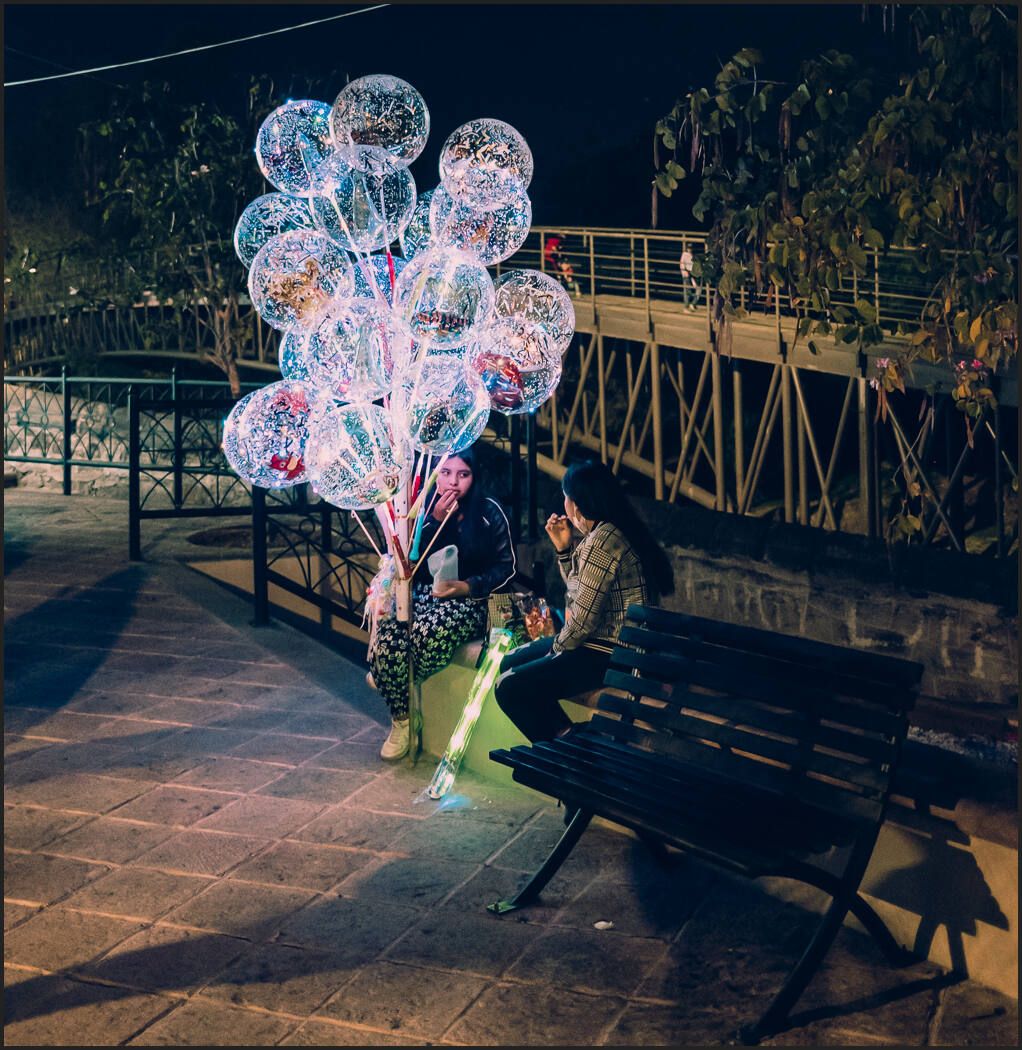
Did YOU feel anything here?
I often doubt my street photos.
Because in a landscape I can see the technique and know if it;’s good. A street photo has technique, but it needs more. You need to get excited, sad, inspired, even angry. You need to feel the importance of what’s in front of you. Then the light shadow and the edit to convey that feeling to your viewers.
Street photography can be hyperreal, low-fidelity, or all shadows. But it’s a series of creative choices not driven by making a photo perfect and beautiful like in a landscape. Or soft and rounded like in a portrait. Street Photography is about showing the world and how it makes YOU feel.
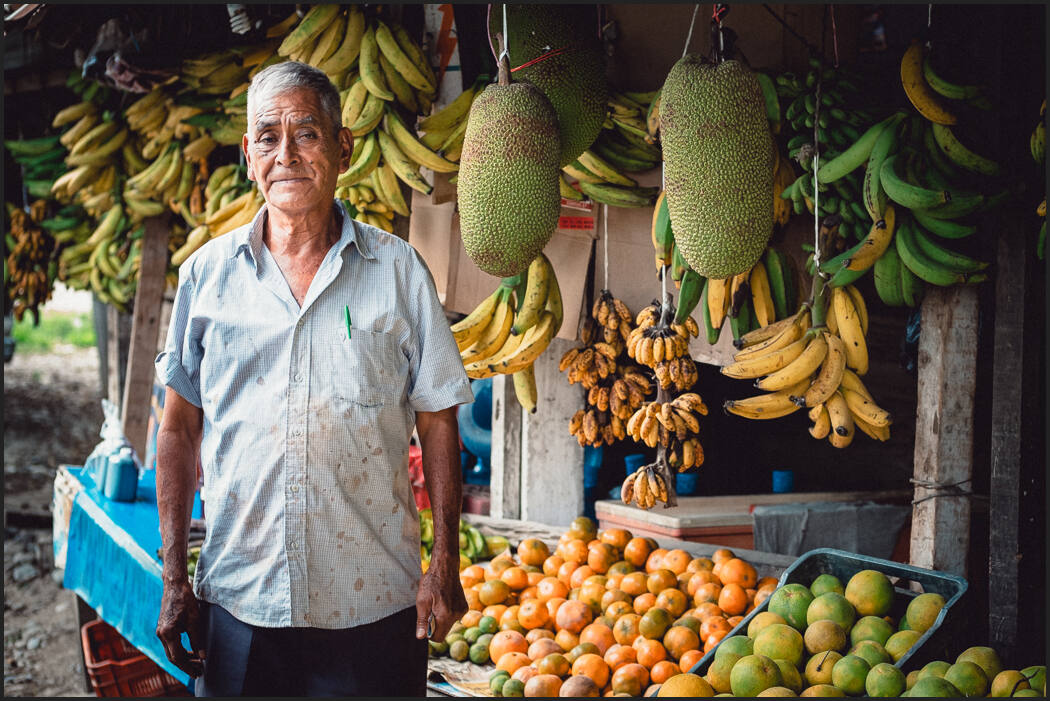
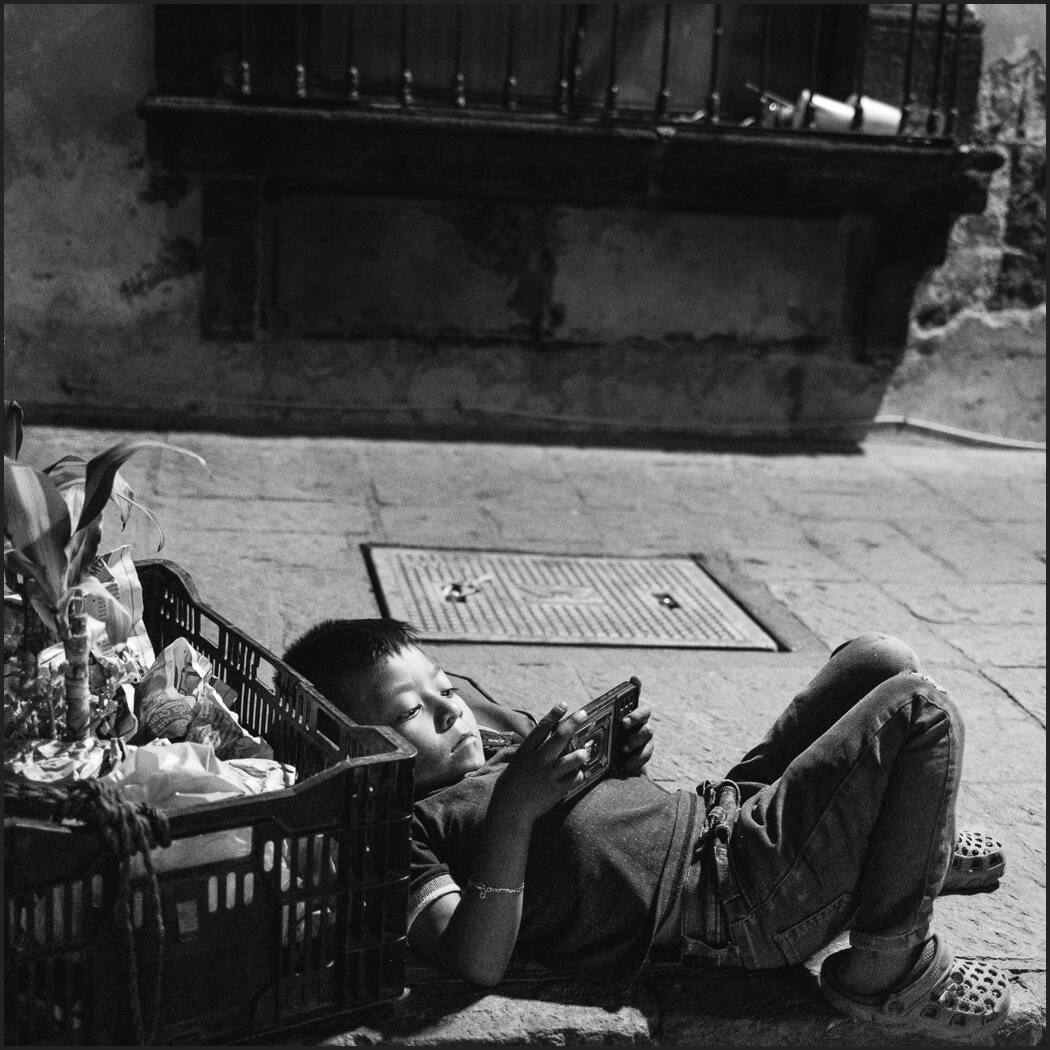
Ethics of the street. Stop photographing LIGHT!
Photograph people, cultures, and history.
Sometimes this will offend. But we are journalists as well as artists. You have to examine your ethics and ensure you are showing respect for people. But asking permission will rarely work. I think it’s important that street photographers think like journalists at least to some degree.
You also have to unlearn some things. You have to accept that street photos are less technically perfect, but also know that if you don’t shoot and edit them right the viewers will just see a snapshot, not the emotion.
Great street photos tend to reduce, they use shadow and mood they make you look deeper. Watch my video about this and I’ll show you what it means to photograph shadow instead of light
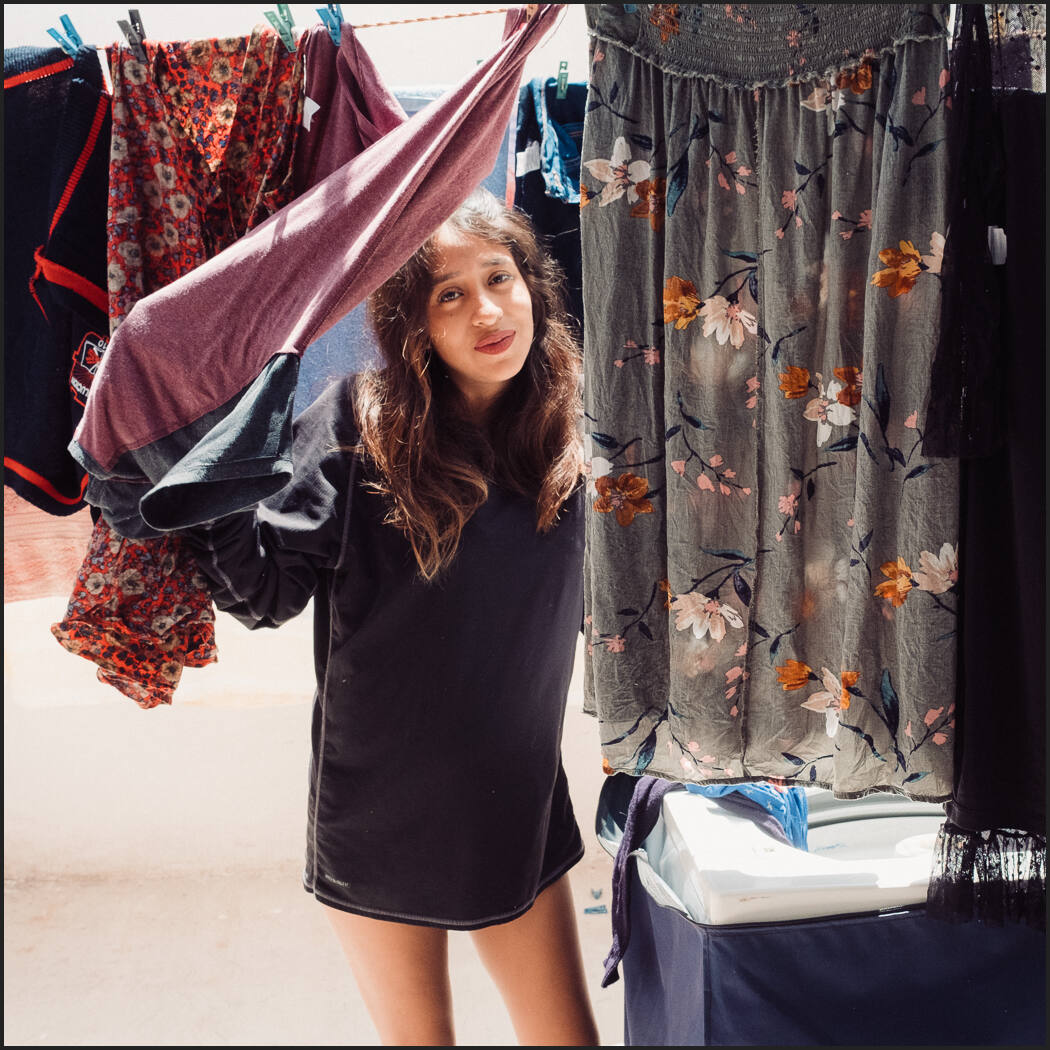
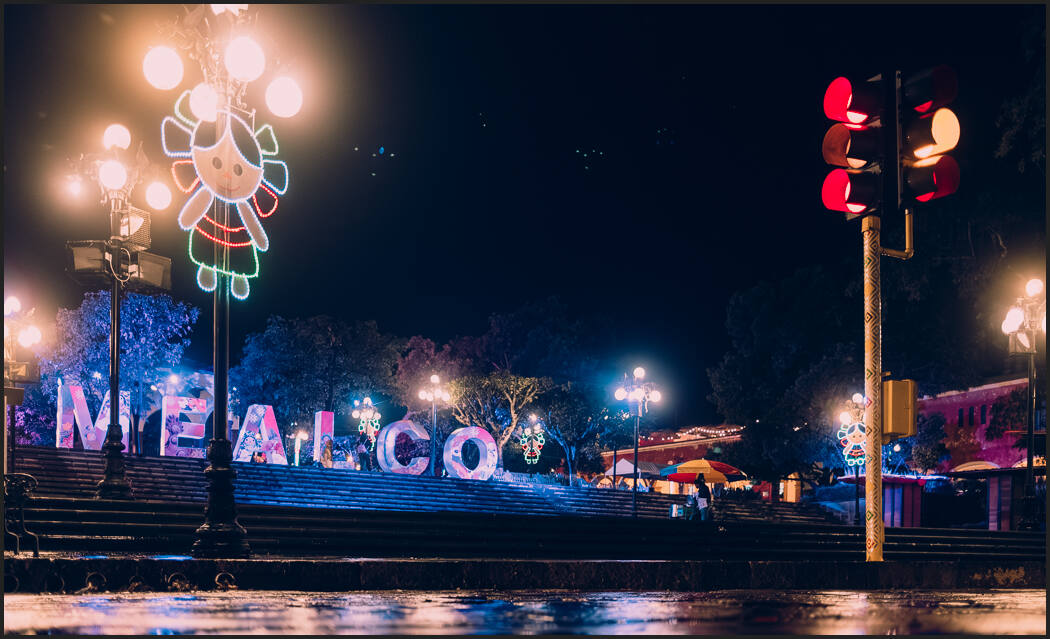
My 3 most important Street Photography Tips…
I finally feel honest calling myself a street photographer. Not that there’s a rule about this. But there are 3 key street photography tips I’ve discovered that helped me. That pushed me to the point where now I’m planning a book about Mexico.
- 1. Turn your discomfort into feelings and stories.
- 2. Shoot and edit for emotions and feelings.
- 3. Look for shadows not light in your photos.
This combo will transform your street photography. It’s taken me over 3 years to start understanding it. But doing so not only improved my streets, it is today improving every type of photography I do because it makes me see defiantly.
Photographers who ignore the streets lack important skills.
Because the streets teach you to see more. I hope you’ll go out and shoot streets this weekend. Then again and again. It’s ok to be uncertain. It’s OK to be uncomfortable. That’s what makes us real. Use that, respect others, and document cultures, histories, and moments.
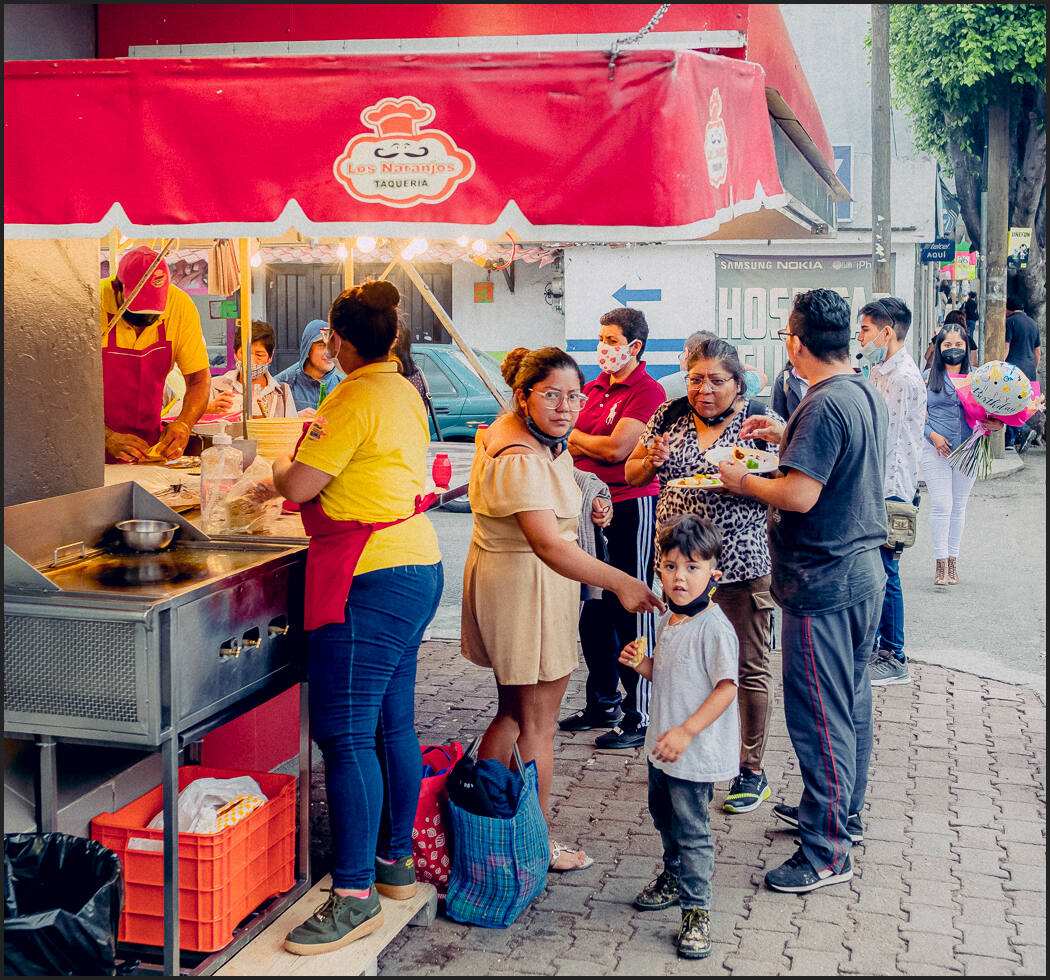
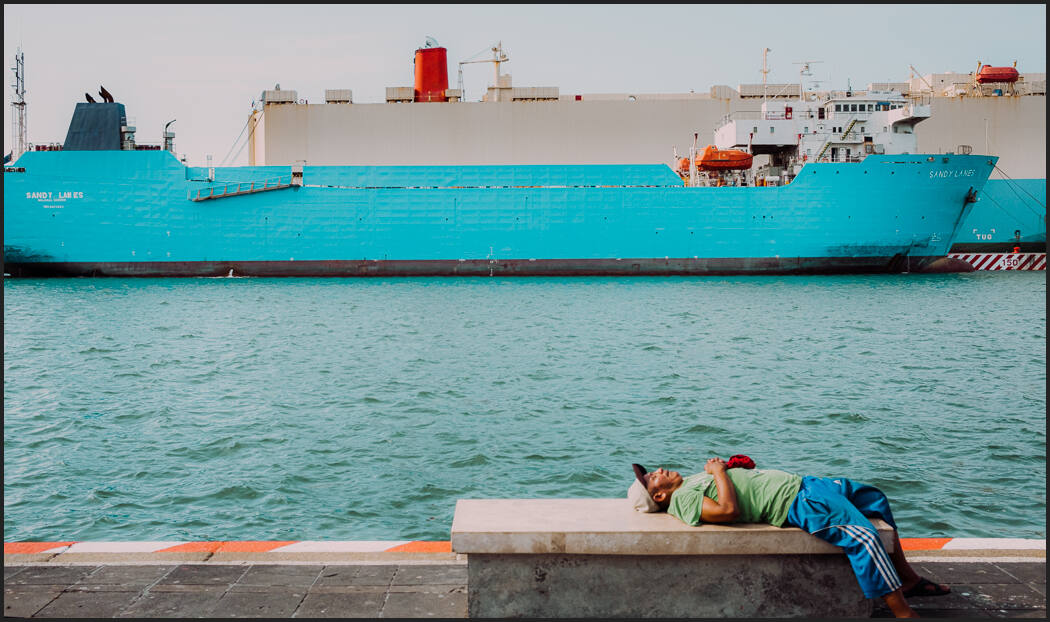
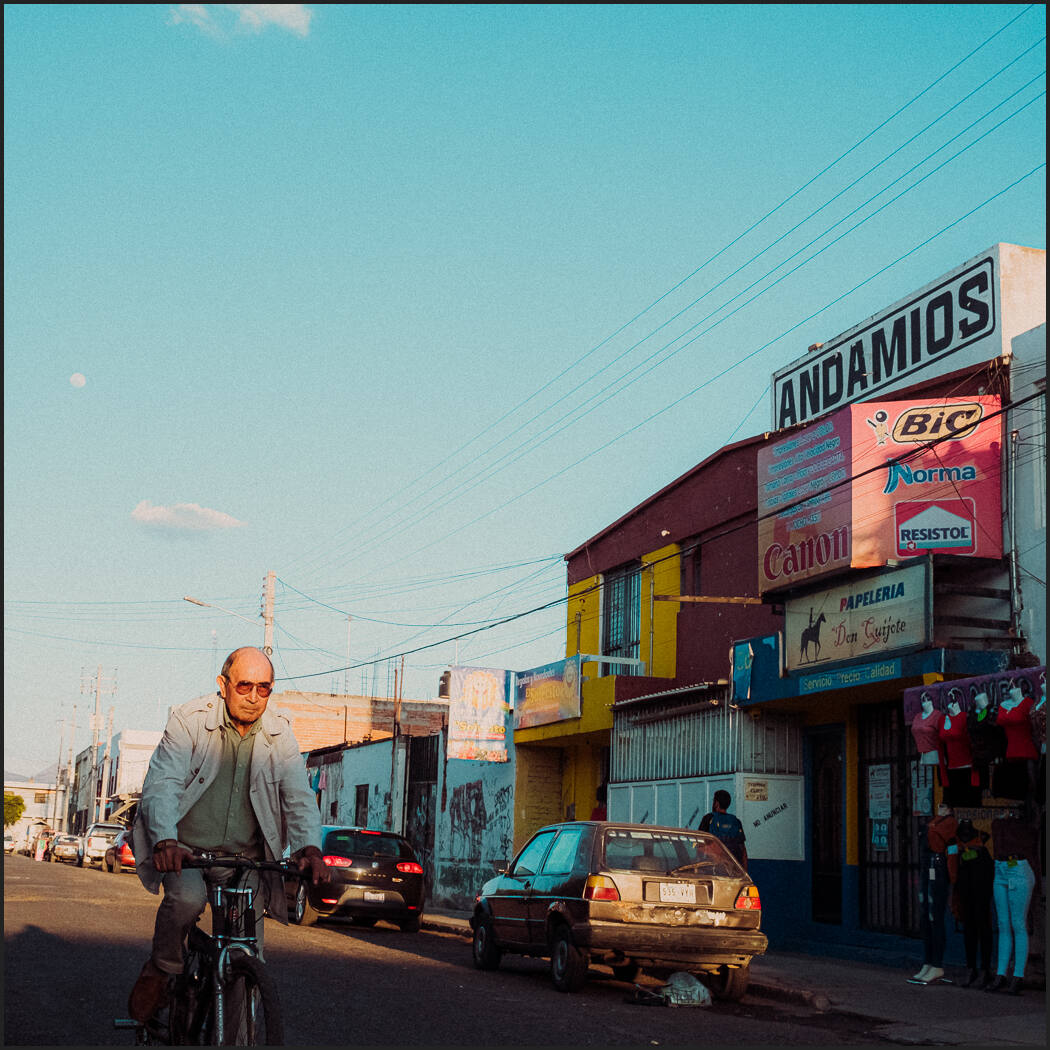
Street photography tips for editing and style.
Get seen. Share your results in my Facebook group and stray tuned to my podcast because we’ll talk about this more soon as we go deeper into these themes
Also, check out this video on my editing theory for Streets and why I made STreetist. It will give you some ideas on editing better and deciding how each street photo should look.
Let me know your thoughts in the comments – Gavin Seim
